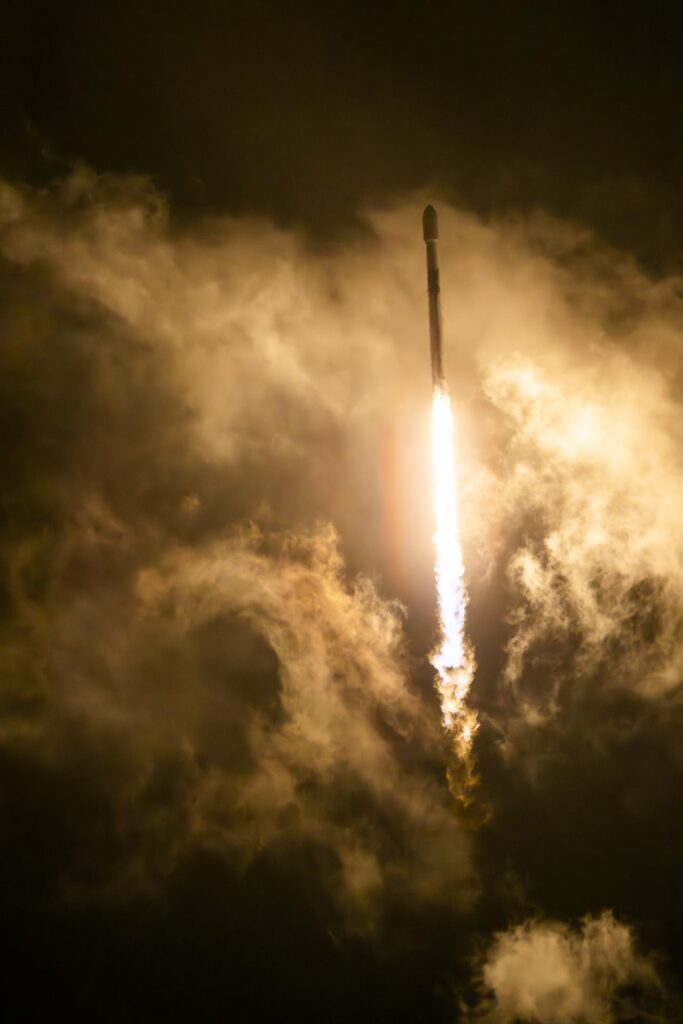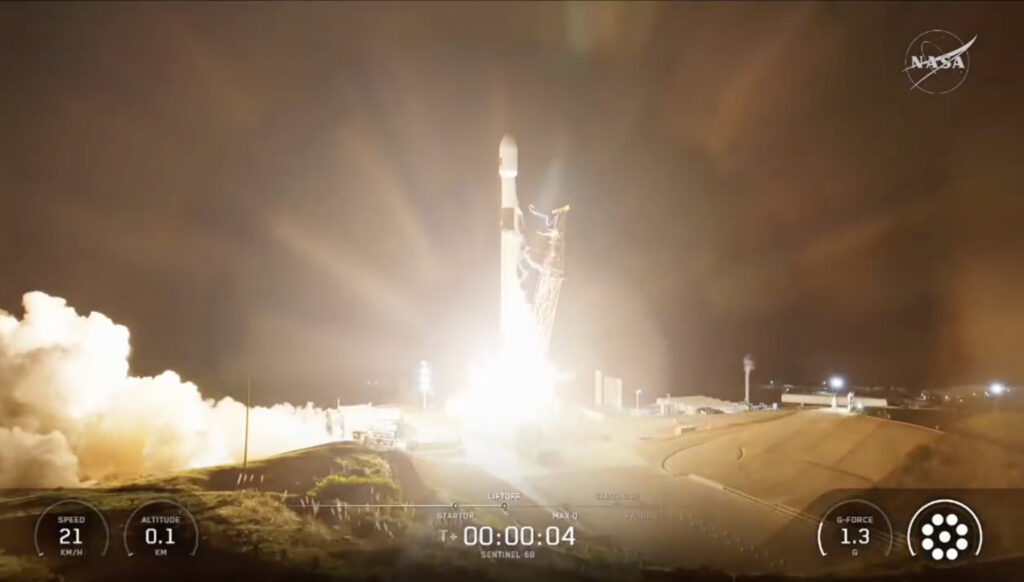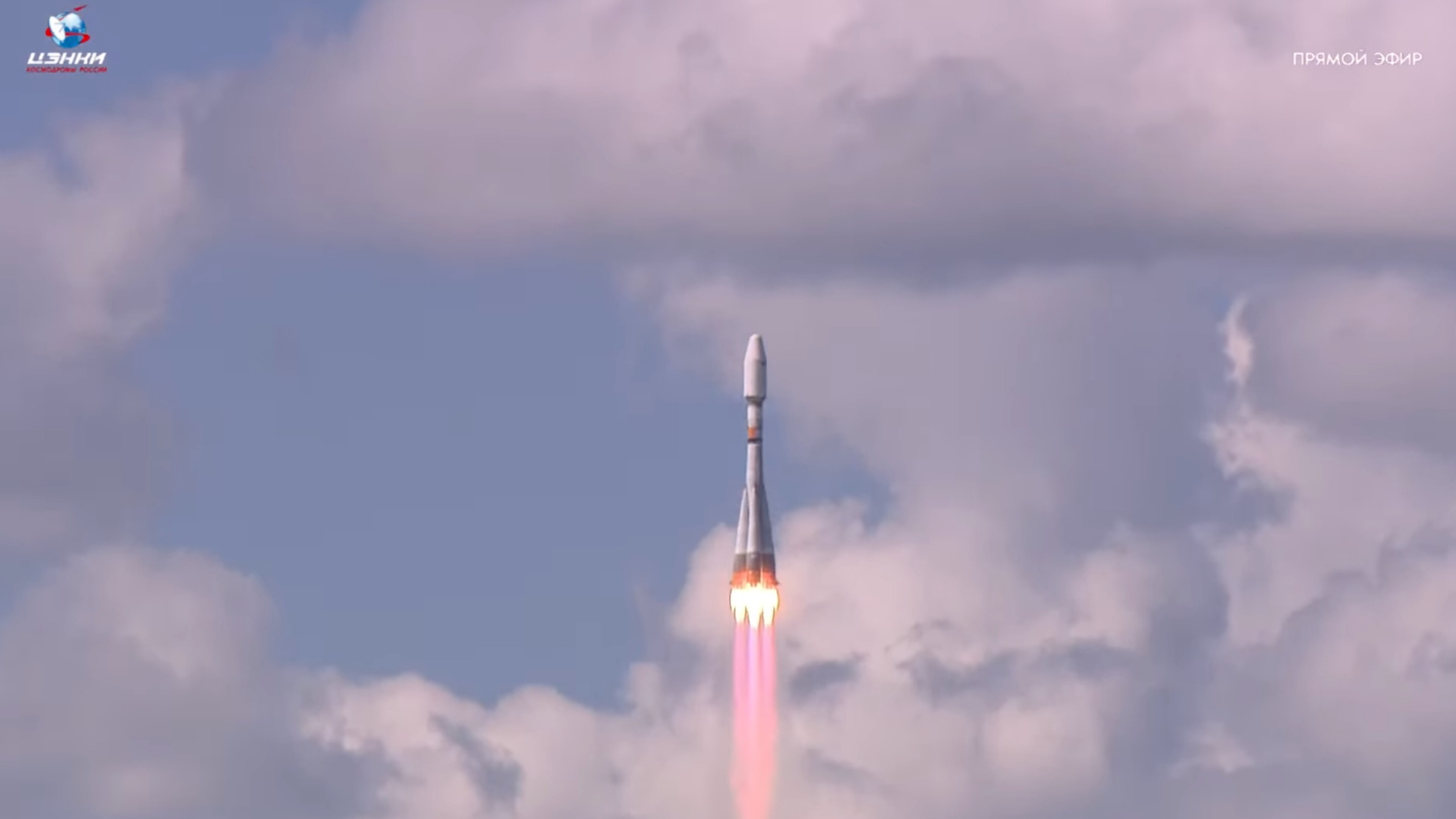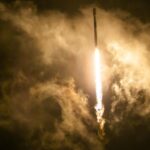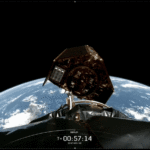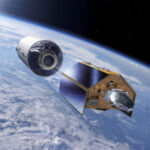Now Reading: Cape Canaveral Spaceport Undergoes Major Upgrades for Record Launch Activity
-
01
Cape Canaveral Spaceport Undergoes Major Upgrades for Record Launch Activity
Cape Canaveral Spaceport Undergoes Major Upgrades for Record Launch Activity
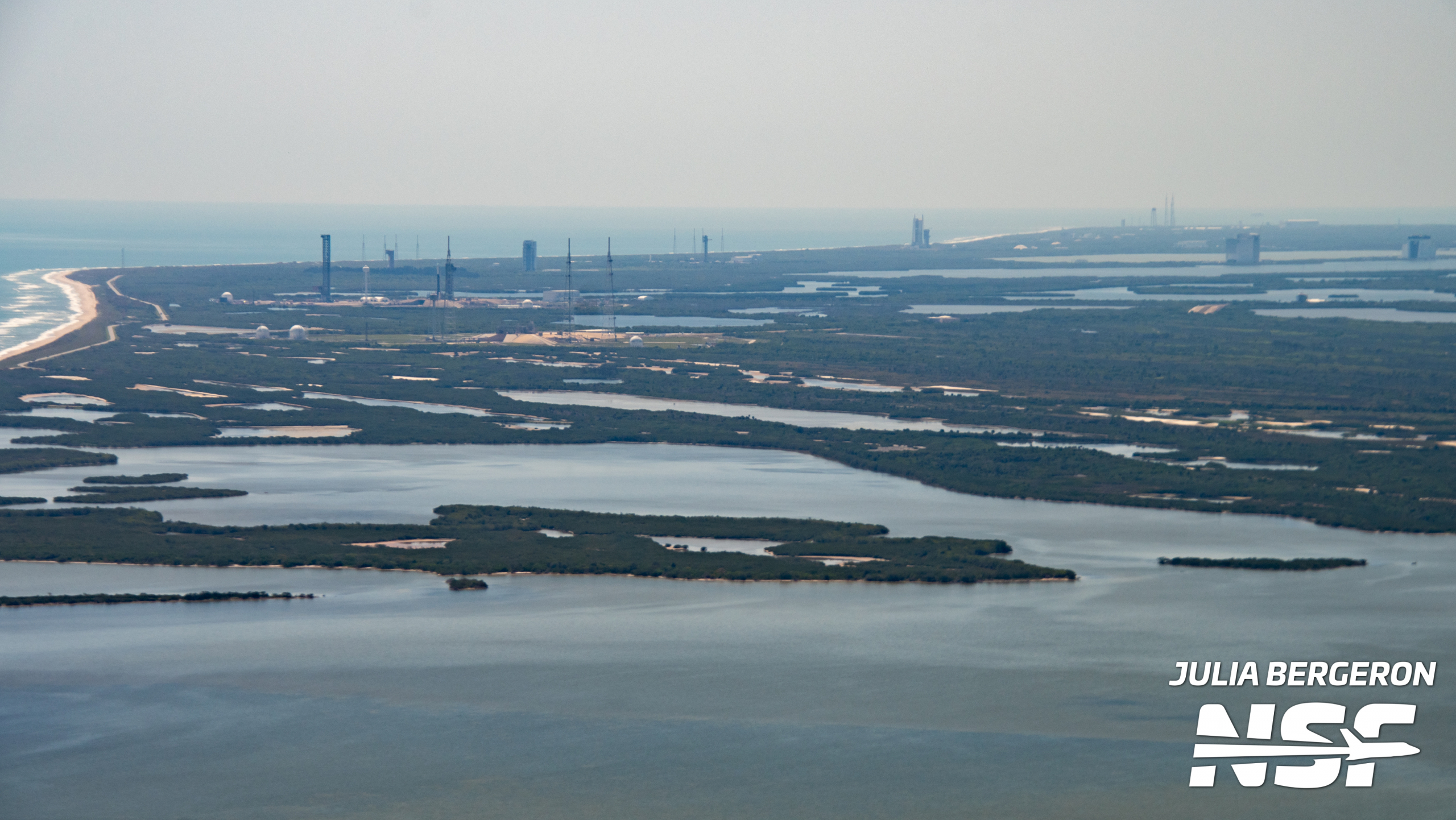

The Cape Canaveral Space Force Station (CCSFS) and Kennedy Space Center (KSC) are undergoing significant infrastructure upgrades to support an unprecedented increase in launch activity. In 2024 alone, these facilities achieved a record of 93 launches, surpassing milestones that seemed ambitious only a few years prior. This surge in launches is driven by an influx of commercial space companies, each eager to capitalize on the available launch pads and technological advancements.
Many of the launch facilities date back to the early days of space exploration, with some pads, like Launch Complex 14 (LC-14) and Launch Complex 16 (LC-16), initially equipped with only the most basic amenities. Over time, these installations fell into disuse. However, with the emergence of companies such as SpaceX, Blue Origin, Relativity, and Firefly, these historical pads are being revitalized and adapted for modern-day requirements.
The U.S. Space Force’s initiative, aptly termed “Spaceport of the Future,” reflects a commitment to enhancing the resiliency and efficiency of these critical launch sites. Under this initiative, a hefty budget of $1.3 billion over five years is allocated to initiate necessary upgrades throughout the spaceport. This forward-looking investment seeks to extend beyond just enhancing the physical structures; it aims at creating a robust support system for national security missions as well as for commercial endeavors.
Diverse upgrades are currently underway. A notable recent project is the completion of the new NASA Causeway Bridge, which is designed to facilitate easier transport of personnel and materials between the mainland and the Cape. Funded through a combination of federal and state resources, this bridge is vital for the operational efficiency of the spaceport. Similar logistics improvements are essential due to the increasing complexity of moving large-scale rocket components, as seen with Blue Origin’s New Glenn vehicle transfers.
- Road Improvements: Ongoing projects include road widening and the relocation of electrical lines underground to enhance safety during hurricane season and improve overall infrastructure resiliency.
- Wastewater Treatment Systems: The aging Cape Canaveral wastewater treatment facility has become a bottleneck for increased launch operations. Recent discussions revealed that the facility, constructed in 1997, is ill-equipped to handle the surge in wastewater generated by frequent rocket launches. New policies now require launch providers to either recycle their wastewater, apply for permits to dispose of it on-site, or transport it off-site, aiming for a sustainable solution.
Water management, specifically treatment infrastructure, is becoming a critical focal point for both the military and commercial entities operating in the spaceport area. General Panzenhagen’s policy change to limit non-nutrient waste at the treatment facility highlights the pressing need to revamp systems that are now too outdated to keep up with modern launch requirements.
Moreover, the industrial landscape of the Cape is experiencing a thoughtful reorganization. Space Launch Delta 45 is relocating essential support functions to optimize space and efficiency. This involves reducing critical periods necessary for launches, thus allowing for more flexibility and operational flow across different launch initiatives. Such strategic planning is aimed at ensuring that Cape Canaveral remains the prime locale for rocket launches.
As demand for launch services grows, the logistical challenges multiply. Space Launch Delta 45 is adopting a more stringent approach to scheduling—launches will be comprehensively planned to prevent conflict during operational periods and minimize disruption. This anticipatory management of launch schedules aims to accommodate the growing number of stakeholders while ensuring that safety remains paramount during high-traffic launch windows.
Communications between various launch providers are also vital. Regular meetings facilitate dialogue about operational status, transport logistics, and construction milestones. This collaborative approach encourages an atmosphere of shared responsibility and enhances safety by minimizing the risk of conflicts during critical operations.
| Key Infrastructure Upgrades | Description |
| NASA Causeway Bridge | A vital connector for transporting personnel and materials to and from the Cape. |
| Wastewater Treatment Facility | Upgrades required to handle increased wastewater from frequent launches. |
| Road and Electrical Infrastructure | Widening roads and relocating overhead lines underground to improve resilience. |
| Critical Period Policies | Revised scheduling rules to minimize delays and conflicts between launches. |
As the launch cadence increases, innovative solutions and upgrades at Cape Canaveral are paramount to sustaining its status as the world’s busiest spaceport. The vision of transforming it into the “Spaceport of the Future” encapsulates not just infrastructure, but a holistic view towards fostering a thriving ecosystem in commercial space exploration and national defense.
Stay Informed With the Latest & Most Important News
-
 012024 in Review: Highlights from NASA in Silicon Valley
012024 in Review: Highlights from NASA in Silicon Valley -
 02Panasonic Leica Summilux DG 15mm f/1.7 ASPH review
02Panasonic Leica Summilux DG 15mm f/1.7 ASPH review -
 03How New NASA, India Earth Satellite NISAR Will See Earth
03How New NASA, India Earth Satellite NISAR Will See Earth -
 04And Thus Begins A New Year For Life On Earth
04And Thus Begins A New Year For Life On Earth -
 05Astronomy Activation Ambassadors: A New Era
05Astronomy Activation Ambassadors: A New Era -
06SpaceX launch surge helps set new global launch record in 2024
-
 07Space Force plans new ‘Futures Command’ amid pressure to speed up modernization
07Space Force plans new ‘Futures Command’ amid pressure to speed up modernization












